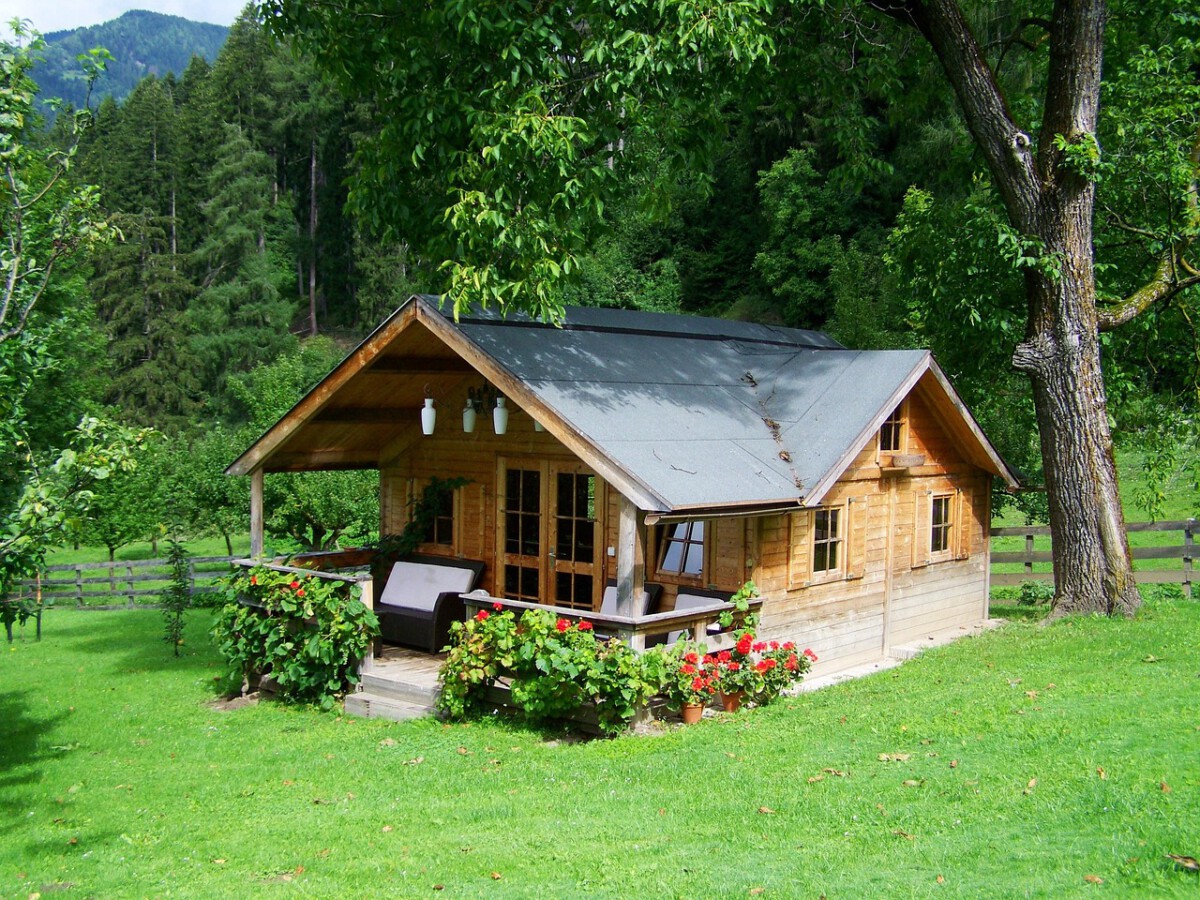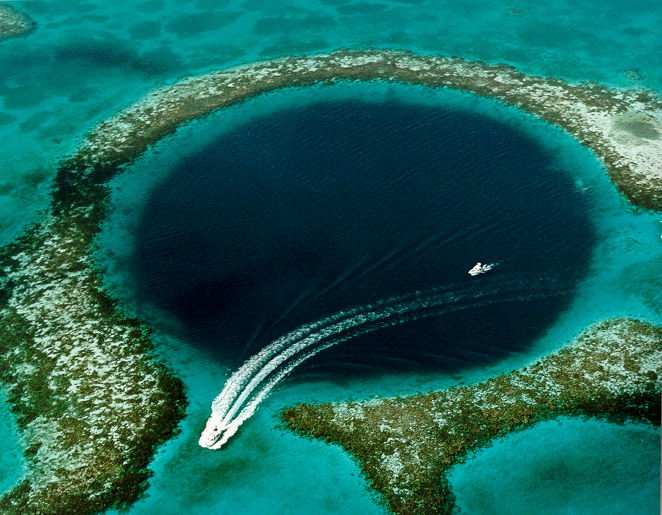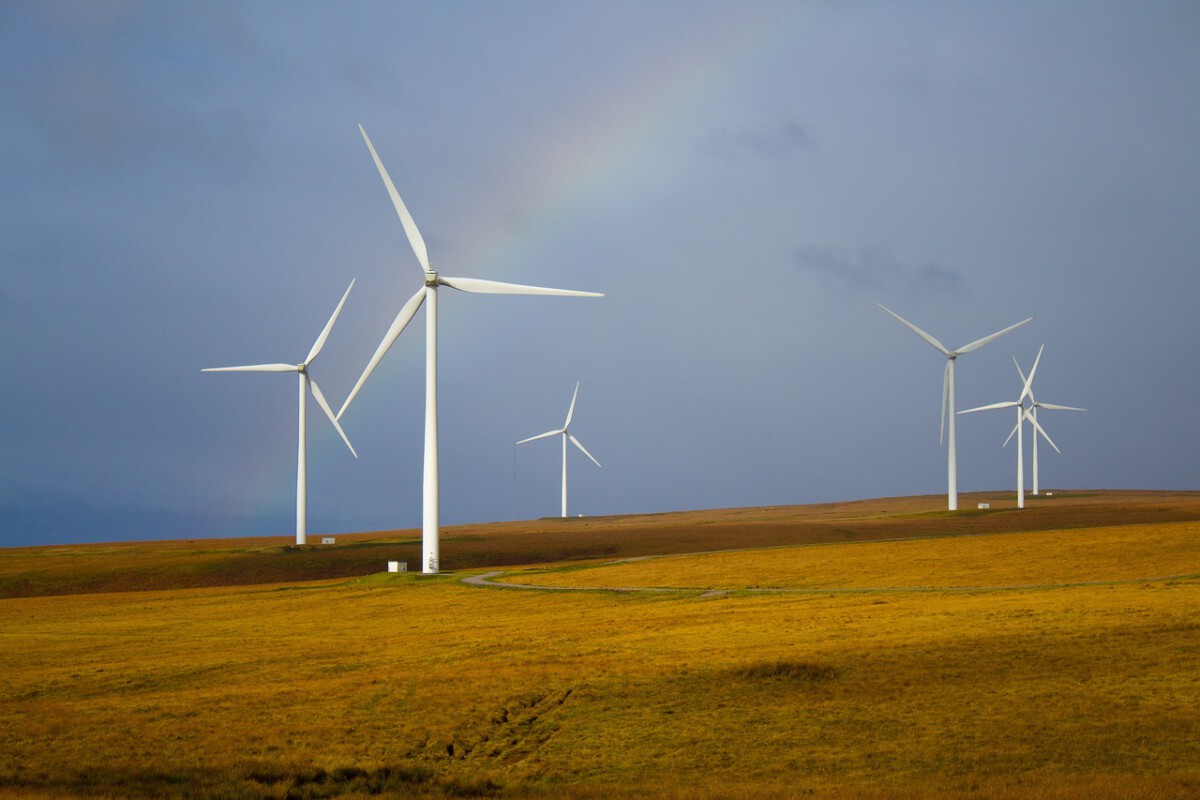The $30,000 Ticket to Freedom Isn’t What It Seems

Picture this: you’re scrolling through Instagram and see another impossibly perfect tiny home bathed in golden light, captioned with something about “living debt-free.” The price tag? A dreamy $30,000. Tiny homes, meanwhile, range from $30,000 to $80,000, depending on size and customizations, offering a cheaper entry point for those priced out of the market. But here’s the reality check nobody talks about – when considering cost per square foot, tiny homes are actually 38% more expensive than traditional housing. That cute cabin on wheels starts looking less like a bargain when you realize you’re paying premium prices for premium small spaces.
Zoning Laws Are the Silent Dream Killers

You’ve bought your tiny home, you’re ready to park it in the perfect spot, and then reality hits like a sledgehammer. Tiny house regulations and codes may vary by city, town, or county, and most of them aren’t in your favor. Zoning laws often prevent tiny homes from being placed in preferred locations. Most urban areas have specific zoning laws that restrict where tiny homes can be placed. Even in supposedly tiny-home friendly cities like Los Angeles, while Portland allows tiny homes in all residential zones, Los Angeles confines them to designated areas. Your dream of parking in your friend’s backyard? Forget it – many cities specifically ban that arrangement.
The Utility Bills Aren’t as Tiny as You Think

Everyone assumes tiny means cheap when it comes to monthly expenses, but the math is more complicated than you’d expect. We plan on living in Tiffany the tiny home for a while and at $35 a month for electricity, it will have to make financial sense, according to one tiny home dweller. While that sounds amazing compared to the average utility bill in the U.S. is $500 to $600 per month, including electricity, gas, water, sewer, phone, internet, & streaming or cable TV services, there’s a catch. This bill will be much lower than the utilities in most apartments because of its tiny size. To cut utility bills further, you can aim for a completely self-sufficient setup by going off-grid. However, going off-grid requires massive upfront investments in solar panels and battery systems that can cost thousands more.
Insurance Companies Treat You Like an Alien

Getting insurance for your tiny home is like trying to convince your grandmother that Bitcoin is real money – theoretically possible but practically a nightmare. Getting tiny home insurance can be difficult and expensive. Traditional homeowner’s insurance won’t cover you, RV insurance might not apply if you’re stationary, and specialized tiny home insurance is both rare and costly. Most are covered either by mobile home or specialty insurance. Tiny homes on wheels may be covered under RV insurance if they are classified as RVs. The insurance confusion alone can add hundreds to your monthly expenses, making that “affordable living” dream feel more like a bureaucratic maze.
The Land Problem Nobody Mentions

Here’s something Instagram influencers conveniently forget to mention: you need somewhere to actually put your tiny home, and that costs money. Land costs vary from city to city, with an average cost of $11,700. Need a land survey? Expect it to cost around $625. If you’re looking at mobile options, RV or campground lot rental costs $250 to $1,500 per month, depending on which utilities are included. That monthly rent for a parking spot can quickly eat into your supposed savings, especially in urban areas where spots are scarce and expensive.
Your Stuff Has Nowhere to Go (And Neither Do Your Guests)

The minimalist aesthetic looks great on Pinterest, but reality hits when you realize you literally cannot have friends over for dinner. Limited privacy: You’ll get very little privacy if you live with someone else. Staying tidy: Any clutter can feel like a huge mess. Limited storage space: You’ll need to downsize, which may mean getting rid of sentimental belongings. Limited guest list: You can’t have many guests at one time. That storage unit you’ll inevitably need? You may need to rent a storage unit if your belongings don’t fit your tiny home’s limited space. You can also donate or sell your oversized items. Add another $100-300 monthly to your “tiny” expenses.
Financing Is Like Dating in Your 40s – Complicated

Banks look at tiny homes the way your parents looked at your teenage goth phase – with confusion and mild horror. Traditional mortgages don’t apply to most tiny homes, especially those on wheels. For prospective home buyers, tiny homes offer lower barriers to entry than traditional mortgages due to their significantly lower cost, but that’s only if you can pay cash. Most lenders won’t touch tiny homes, forcing buyers into personal loans with higher interest rates or specialized tiny home loans that come with stricter terms and higher rates than conventional mortgages.
Resale Value Is Often a Cruel Joke

While traditional homes generally appreciate over time, tiny homes follow the RV depreciation model – straight down. Unlike traditional homes, tiny houses are not guaranteed to increase in value over time. In fact, tiny homes may depreciate, especially if they’re highly customized. And because tiny homes are a niche market, it can make them harder to resell. Your custom-built dream home becomes someone else’s very specific nightmare when you try to sell. The market for used tiny homes is small, picky, and often centered around DIY enthusiasts who’d rather build their own than pay full price for yours.
Construction Costs Hit Different When Everything’s Custom

Building small doesn’t mean building cheap – it often means building expensive per square foot. The average cost per square foot is $290, with a typical range of $150 to $430. Why the high price? Tiny home construction is very much a niche area. While building costs are higher than those of a traditional house, your total construction costs will still be lower because of the small size. Contractors charge minimums, specialized tiny home builders charge premiums, and custom everything costs a fortune. Labor makes up 40% to 60% of the total tiny home construction cost and includes some or all of the following specialties. Costs typically fall on the higher end of the average range because most contractors charge minimum project fees or higher rates for small projects.
The Hidden Costs Keep Adding Up

Beyond the sticker price lies a graveyard of budget-busting surprises. If you’re renting a lot for a tiny home on wheels, your costs will depend largely on where you live and can range between $250 to $1,500 a month, according to Element Homes. Then there’s the trailer itself if you’re going mobile – A tiny house trailer costs $4,500 to $11,000 on average, depending on the length, width, material, and style. Purchasing a high-quality trailer is crucial as it acts as the foundation for a tiny home on wheels. Add hookup fees, permit costs, and the inevitable modifications you’ll need, and your “affordable” housing solution starts looking remarkably unaffordable.
The Community Myth vs. Isolation Reality

Social media sells the idea of charming tiny home communities where everyone knows your name and shares organic vegetables. The reality? It’s estimated there were more than 10,000 tiny homes in the U.S. in 2024, per Living in a Tiny. Tiny homes often exist within a community where zoning laws permit such a lifestyle, either as their own neighborhood or concentrated within city limits. But these communities are rare, often have waiting lists, and many come with HOA-style restrictions that limit your freedom. More often, you’ll find yourself isolated on someone’s rural property or stuck in an RV park that wasn’t designed for permanent residents, surrounded by people who view you as the weird neighbor with the dollhouse.
The Market Reality Check for 2025

The tiny home market isn’t slowing down – The tiny house market is booming, with a forecasted increase of USD 4,171.33 million and a compound annual growth rate of 4.88% expected from 2022 to 2027. The tiny home market is experiencing robust growth. According to Technavio, the global tiny homes market size is projected to increase by USD 3.71 billion from 2025 to 2029, reflecting a compound annual growth rate (CAGR) of 4.45%. But growth doesn’t equal affordability for buyers. As demand increases and supply struggles to keep up, prices are climbing faster than a ladder to a tiny home loft. A 2024 study by RubyHome found that 63% of tiny home dwellers report lower financial stress, and 55% have more disposable income than when they lived in traditional homes, but these statistics come from people who successfully navigated all the hidden costs and legal hurdles.
When Tiny Makes Sense (Spoiler: It’s Rare)

Don’t get me wrong – tiny homes work for some people, but they’re not the universal housing solution they’re marketed as. Retirees downsizing to stretch their dollars. Remote workers craving mobility with a THOW. Minimalists and green advocates chasing lower carbon footprints. First-timers who can’t swing traditional homes but want ownership. If you fall into one of these categories, have significant cash reserves for unexpected costs, don’t mind living in legal gray areas, and can handle the social isolation that often comes with tiny living, then maybe – just maybe – it’s worth considering. But for most people, The National Association of Realtors (NAR) pegs the median U.S. home price at $396,900 in January 2025—a 4.8% jump from last year. Tiny homes, meanwhile, range from $30,000 to $80,000, depending on size and customizations, offering a cheaper entry point for those priced out of the market, but “cheaper” doesn’t always mean “better value.”
The tiny home dream sells us on simplicity and affordability, but the reality is often complex and expensive in ways nobody warned you about. Before you fall for those glossy Instagram posts, remember that the most important square footage might just be the space between your dreams and the fine print. Did you expect that tiny living would come with such giant complications?







